
AeroGenie — ваш интеллектуальный второй пилот.
В тренде
Categories
Akasa Air Signs Three-Year Maintenance Agreement with GMR Aero Technic for Boeing 737 MAX Fleet

Akasa Air Secures Three-Year Maintenance Contract with GMR Aero Technic for Boeing 737 MAX Fleet
Akasa Air has formalized a three-year agreement with GMR Aero Technic to provide comprehensive C-check base maintenance for its Boeing 737 MAX aircraft. Announced on Monday, the contract designates GMR Aero Technic’s state-of-the-art Maintenance, Repair, and Overhaul (MRO) facility within the GMR Aerospace and Industrial Park in Hyderabad as the primary site for scheduled maintenance operations.
Commitment to Safety and Operational Excellence
As India’s youngest airline, Akasa Air highlighted the partnership as a reflection of its dedication to maintaining a modern, efficient fleet while adhering to stringent safety and reliability standards. Belson Coutinho, co-founder and chief operating officer of Akasa Air, emphasized the airline’s prioritization of fleet safety and technical excellence amid rapid expansion. He noted that GMR Aero Technic’s technical expertise and infrastructure instill confidence in the airline’s operational integrity and contribute to the growth of India’s MRO ecosystem.
GMR Aero Technic, recognized as a leading airframe MRO provider, affirmed that the agreement strengthens its role as a trusted maintenance partner for prominent Indian carriers. Ashok Gopinath, president and accountable manager of GMR Aero Technic, described the collaboration as a testament to the confidence airlines place in the company’s technical capabilities, operational reliability, and customer-focused approach. He underscored the firm’s commitment to delivering dependable, cost-effective, and innovative maintenance solutions that support optimal operational performance.
Industry Context and Strategic Significance
The agreement arrives amid projections that the global MRO market will reach USD 155 billion by 2034, underscoring the sector’s growing competitiveness. As airlines increasingly seek strategic maintenance partnerships, industry analysts anticipate similar agreements from competitors aiming to secure reliable and cost-efficient services. The performance and value offered by MRO providers such as GMR Aero Technic will be critical as carriers navigate a rapidly evolving aviation landscape.
This maintenance partnership also unfolds against heightened scrutiny of the Boeing 737 MAX model. Recent incidents, including Boeing’s redesign following the Alaska Airlines mid-air blowout, have intensified focus on operational reliability and maintenance protocols for operators of the aircraft. Akasa Air’s collaboration with GMR Aero Technic is viewed as a proactive measure to uphold the highest safety standards amid these ongoing industry challenges.
Akasa Air’s recent fleet expansion, marked by the induction of its 29th Boeing 737 MAX, further underscores the importance of robust maintenance support as the airline continues its rapid growth trajectory.
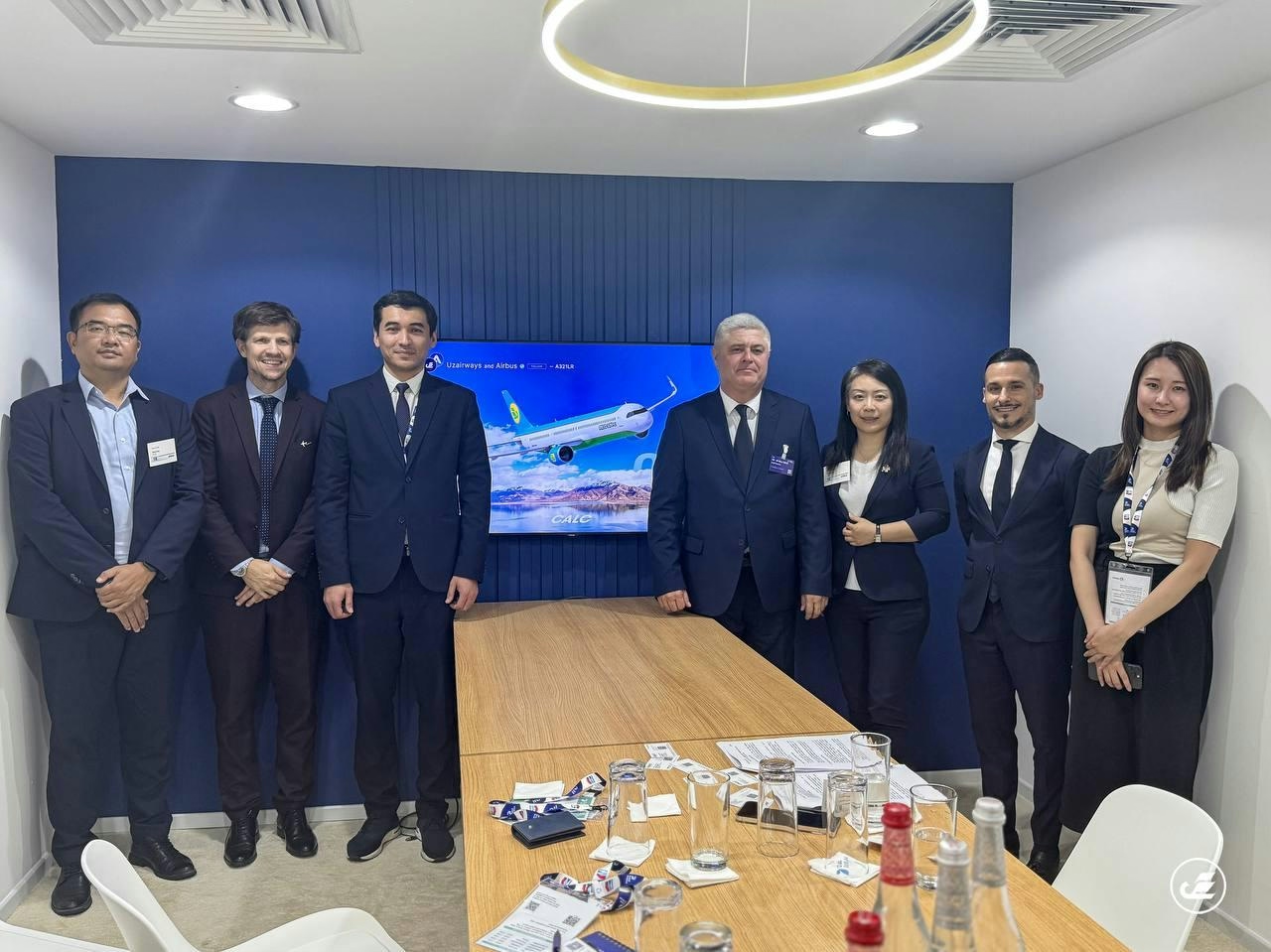
Uzbekistan Airways to Lease Six Additional A321neo Aircraft

What to Know Before Flying on the Airbus A350 XWB
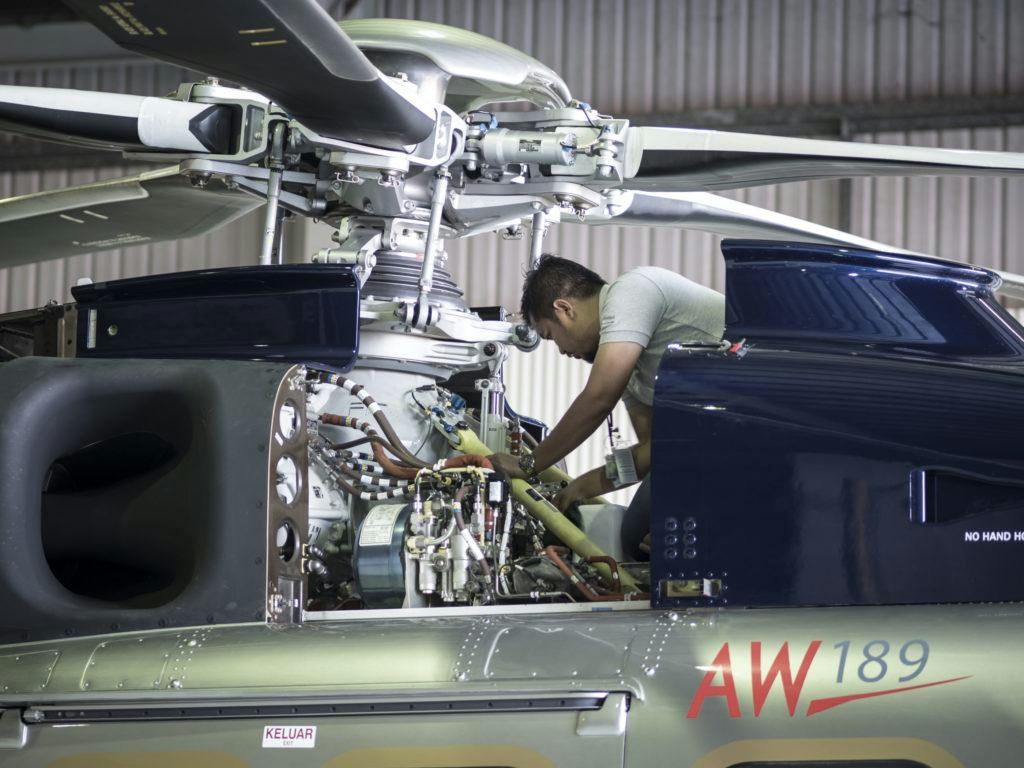
Elevate Aviation Group Expands Maintenance Services
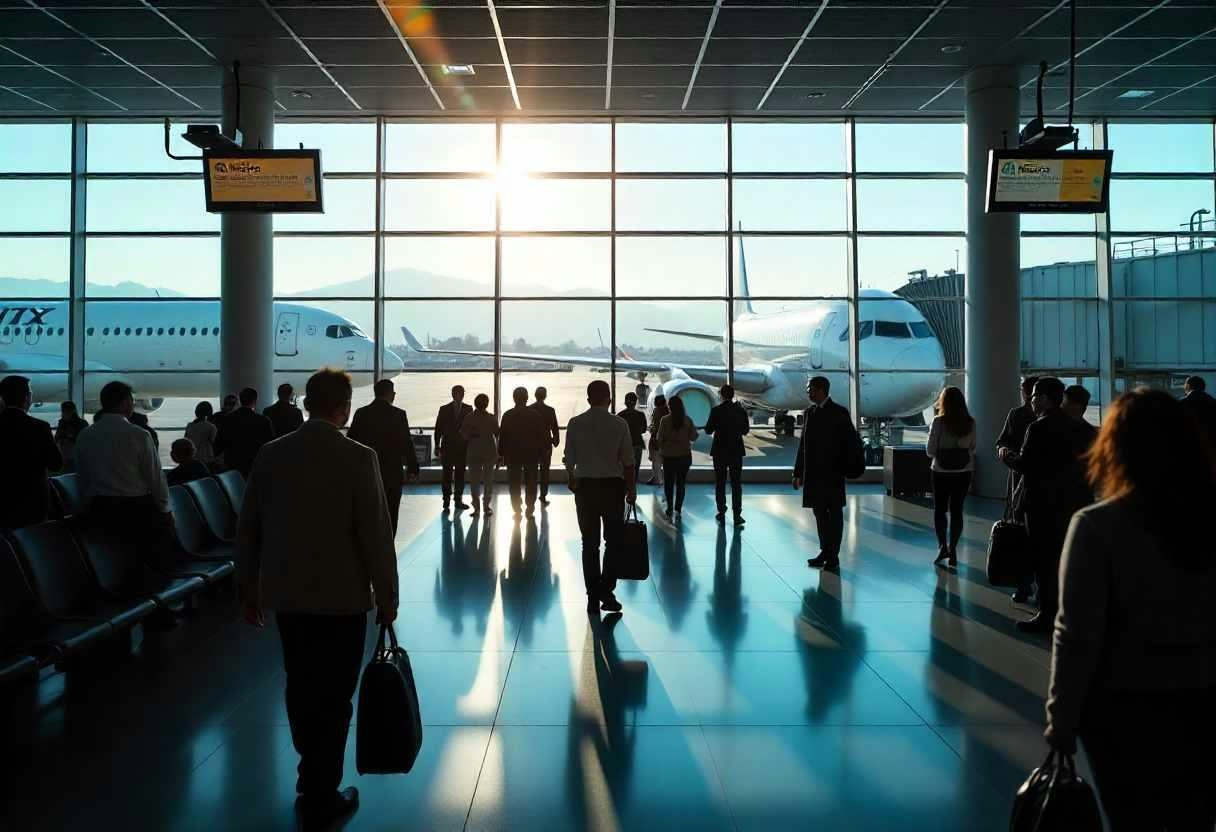
AICM Slot Allocations Move to US Airlines, Report Says
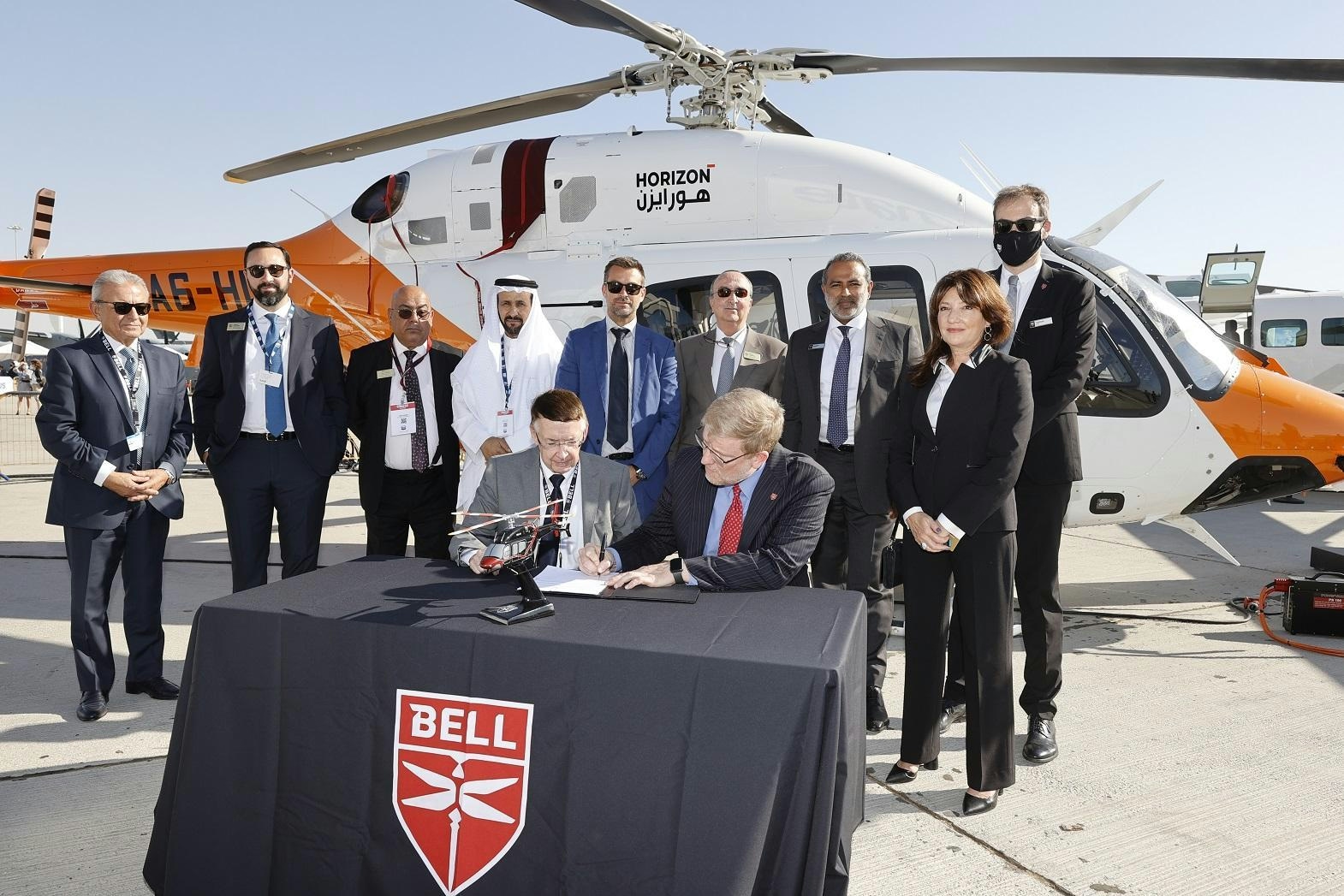
Abu Dhabi Aviation and Honeywell Enhance Helicopter Maintenance Services in UAE
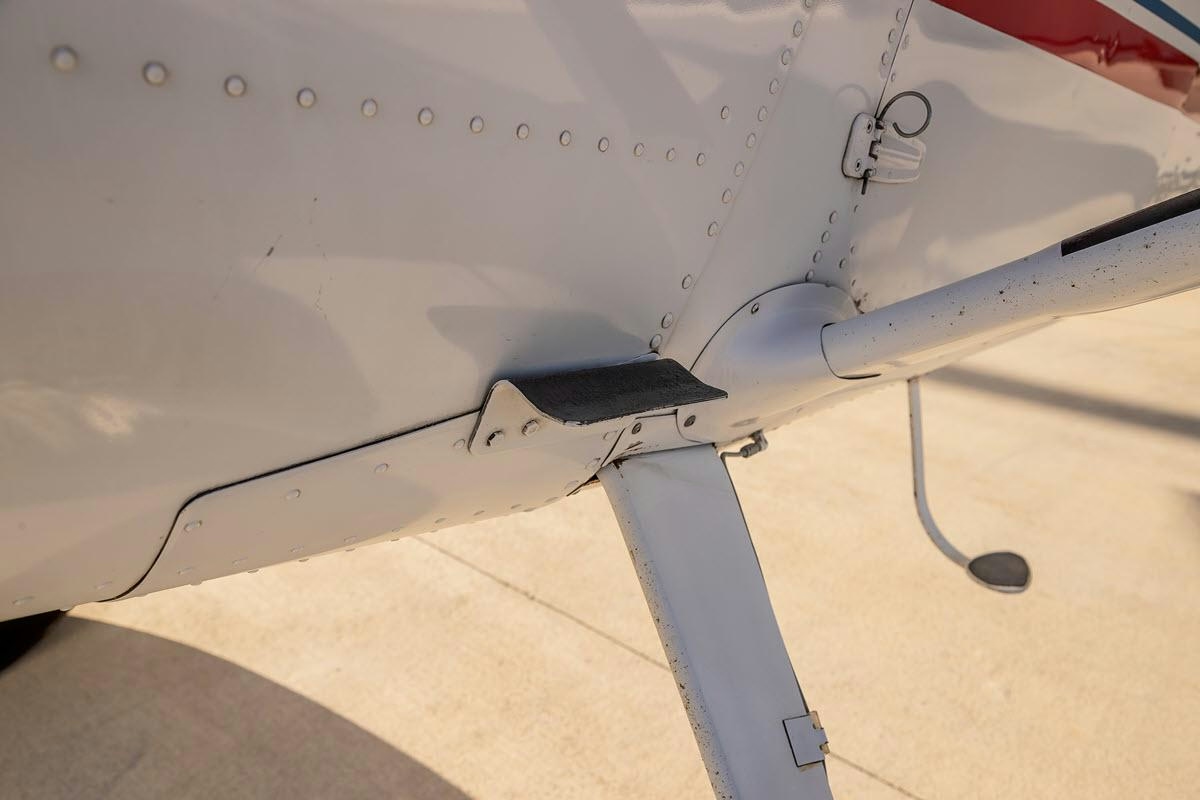
McFarlane Aviation Acquires P. Ponk STCs for Legacy Cessna Aircraft
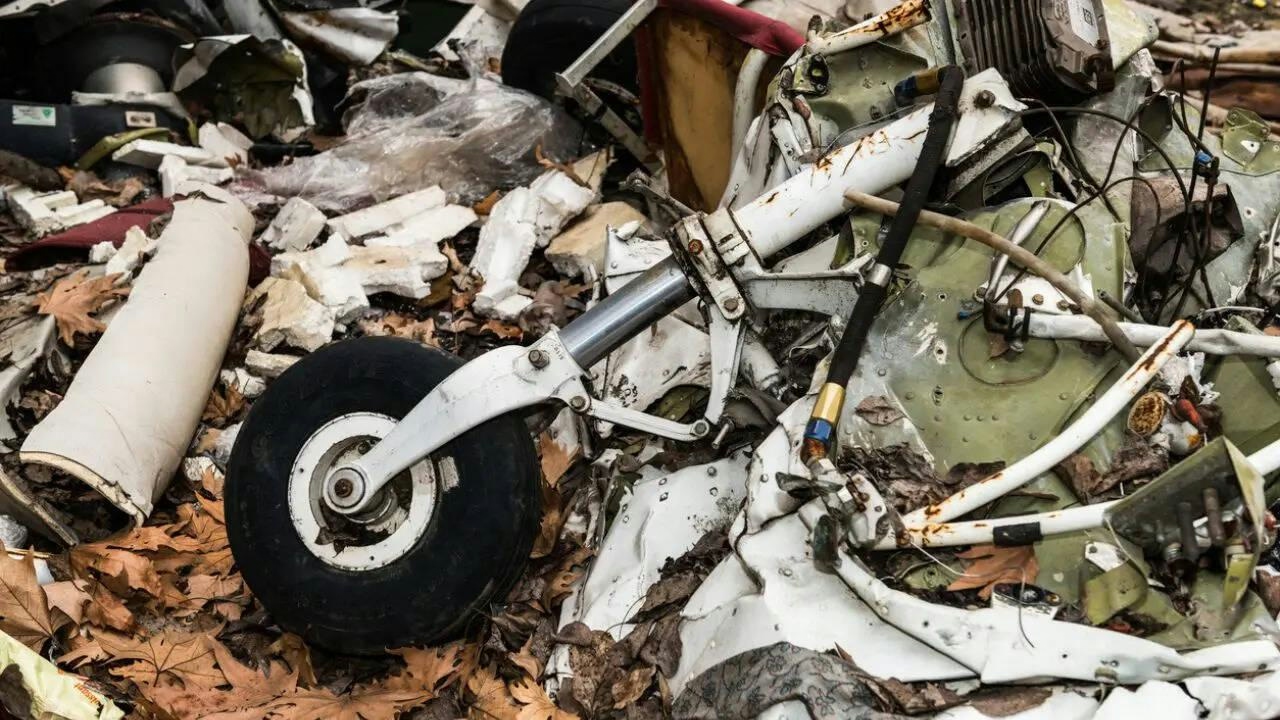
NTSB Releases Preliminary Report on UPS Plane Crash Involving Engine Separation

NTSB Investigates Pylon Fatigue Cracks in UPS Flight 2976 Engine Separation
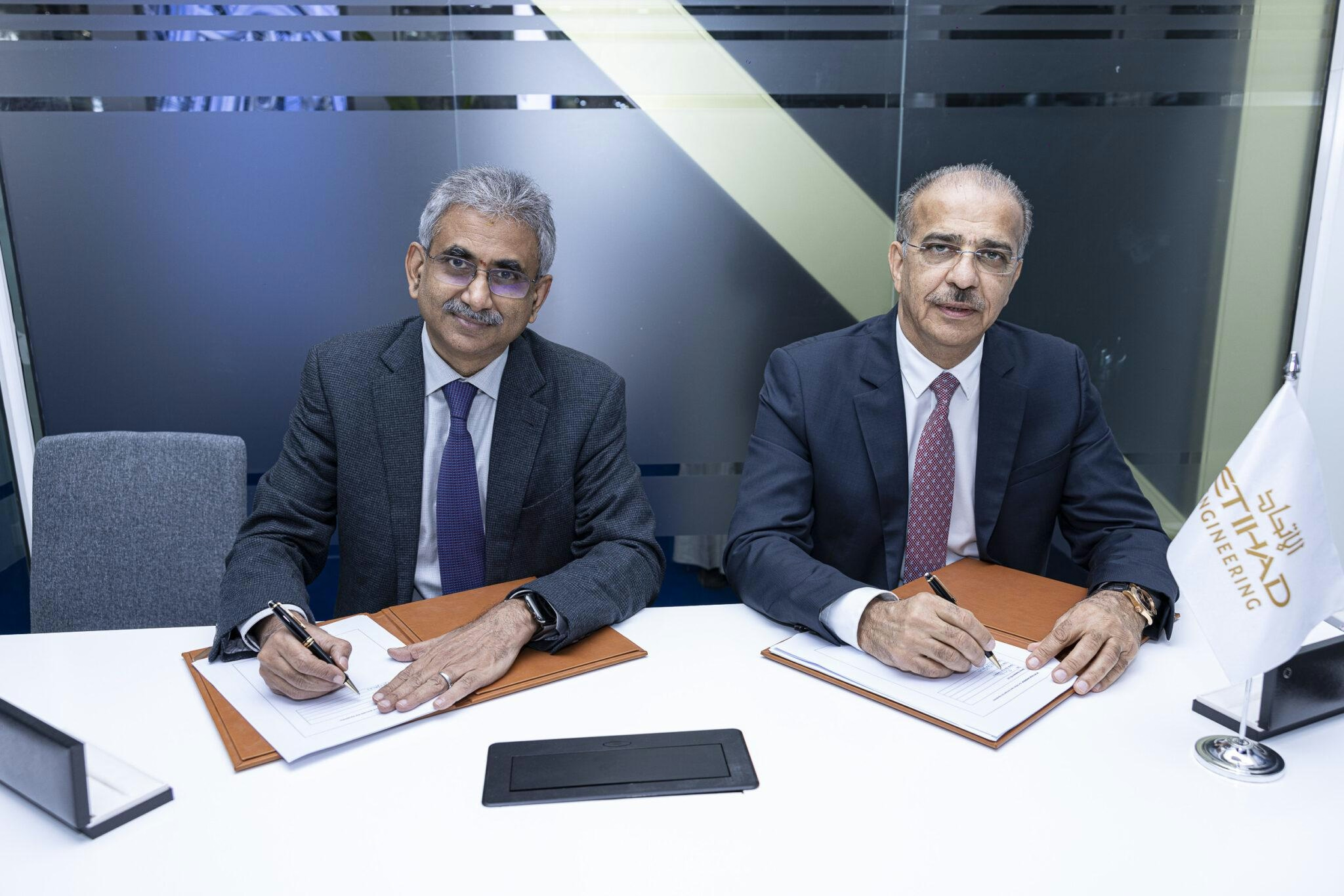
EDGE Strengthens UAE Aerospace Sector Through Partnership with Etihad Engineering
